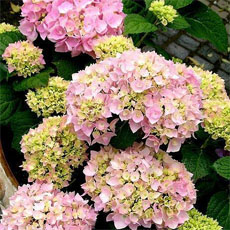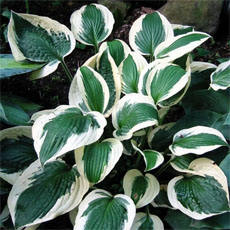Viburnum Species, Manchurian Viburnum
Viburnumburjaeticum
Synonym
Viburnum
arcuatum
Viburnum
burejanum
Viburnum
davuricum






















































The Manchurian viburnum is pretty tough (tolerant of environment/extremes) and it has been easy to propagate. It blooms for an extended ...Read More